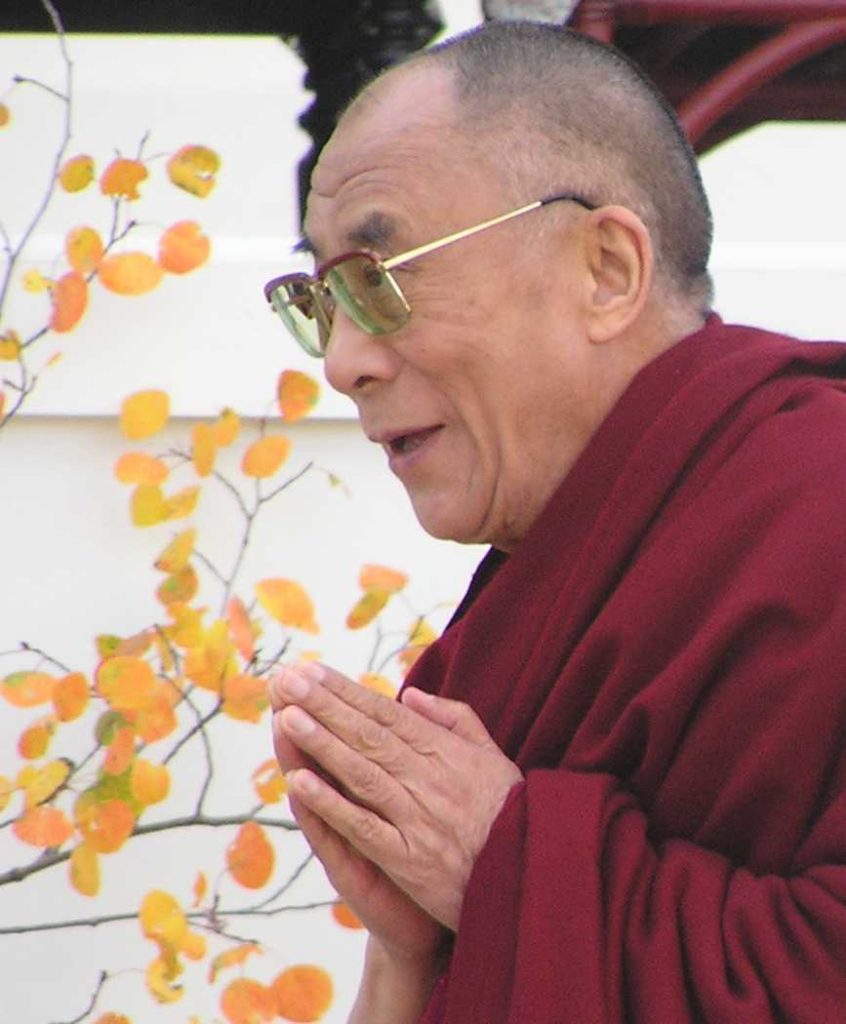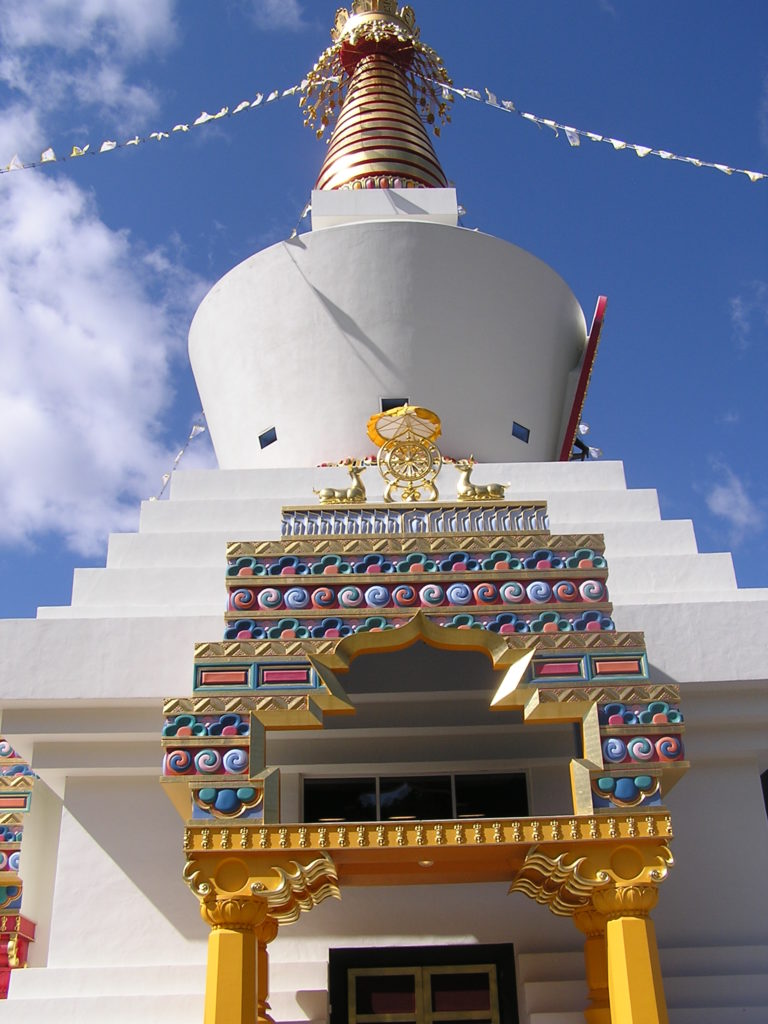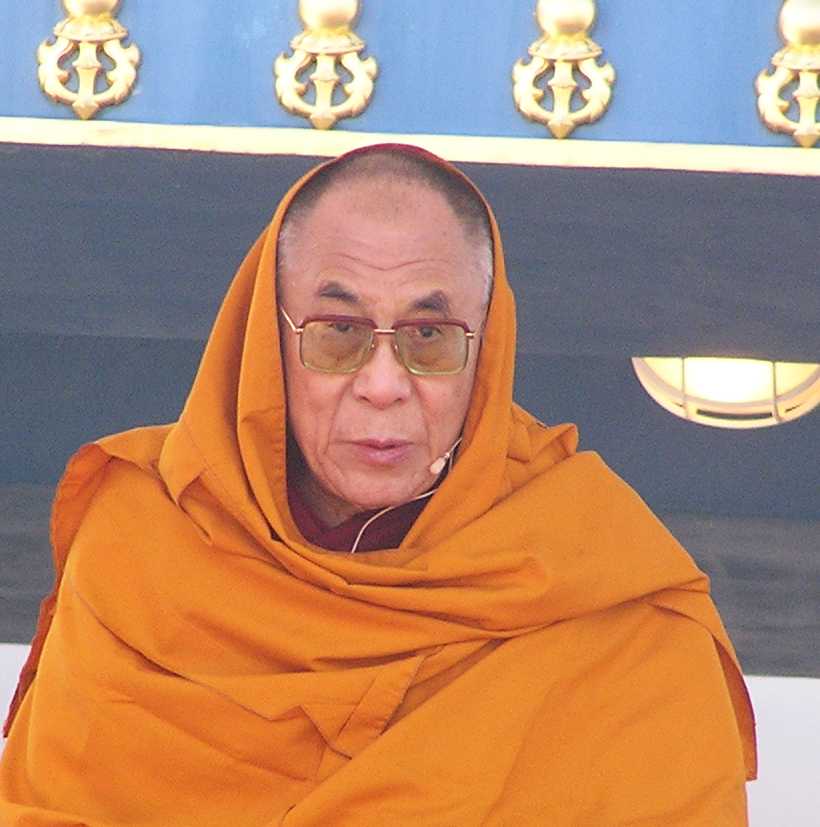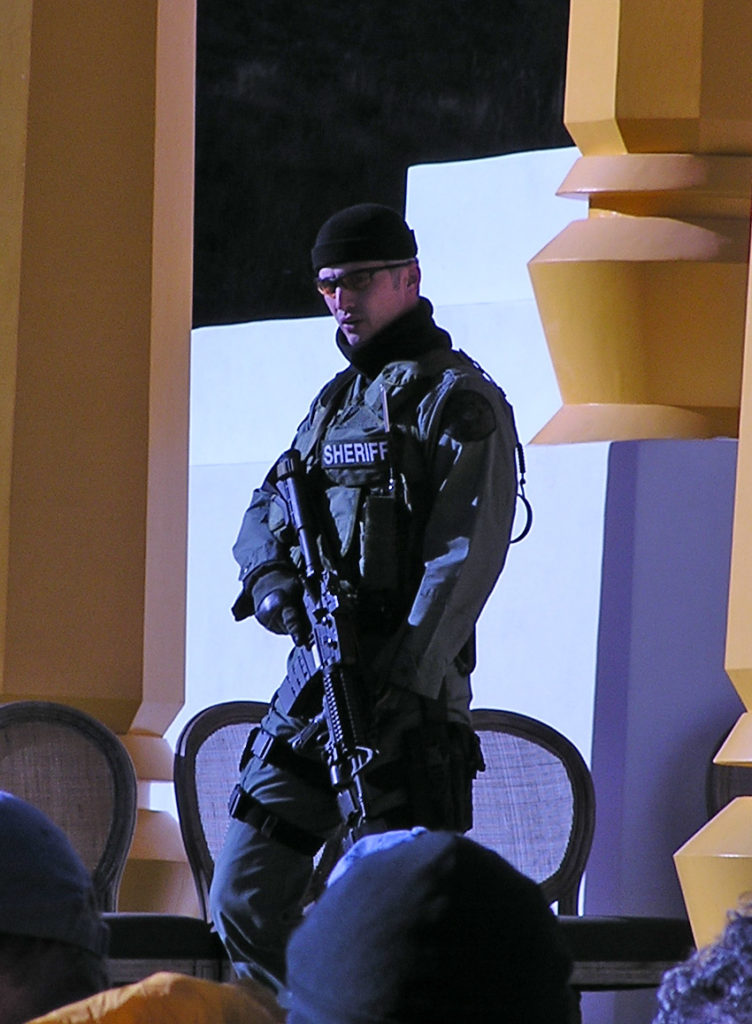New video- Summertime in Northern Colorado 2023!!
More NOCO videos:
New video- Summertime in Northern Colorado 2023!!
More NOCO videos:
Tim Van Schmidt
When I first met NOCO musician and recording ace Russ Hopkins, he had an alter ego.
I was picking up some material for an article at the old Sports Page bar in downtown Fort Collins and Henk, the manager at the time, gave me a cassette tape for a NOCO artist he was heartily recommending — “Blind Lemon Hopkins”.
I listened and I wrote about “Blind Lemon” and so began a longtime musical relationship — and friendship. That was way back in 1989.
Flash forward to 2023 and Hopkins is still making music. He released a new album at the end of 2022, “Songs of Love and Death”, and in 2023, he has released a video on YouTube that is well worth checking out.
The “Songs of Love and Death” CD makes use of traditional folk material that fits with the general ambiance of Hopkins’ music. They are gritty and dark, telling the stories of gamblers and murderers. Three of the songs on the record are originals and that’s part of the point here — Hopkins’ originals stand right alongside the other stuff in tone and effect.
My favorite on the album is “Old Blue”, perhaps the breeziest of the bunch. Guest artists on the record include Beth Mosko and Vi Wickam, both on fiddle.
The video, currently on YouTube, is simply titled “Russ Hopkins LIVE”. It’s a forty minute set of new stuff from Hopkins, supported by two more legendary NOCO musicians, Jerry Palmer and Steve Amedee.
Make no mistake — this video is about all three of these musicians making music together. It’s Hopkins at the guitar and vocals, but both Amedee, on drums and percussion, and Palmer, on bass, flute, guitar and lap steel, add touches that help make this a special program indeed.
My favorite tune in “Russ Hopkins LIVE” is “Straight Rope”, a performance as dramatic and intense as “Old Blue” is mellow.
It also helps that the video is a pro job, creatively mixing various images in with the performance footage. Filmed live at Colorado Sound Studio W in Denver, there are also brief interview bits with Hopkins as he explains some of his songs. Even the setting is cool — a lava lap and a vintage four track unit are continuously churning in the background.
Both Amedee and Palmer are also featured throughout the “Songs of Love and Death” CD and the video is an excellent opportunity to see these guys play together.
That’s not all, either. Hopkins’ archives are rich in other materials that he is re-posting, helping to create an avalanche of fresh stuff. That includes some of Hopkins’ documentary work involving Jungian psychoanalyst and author Dr. Robert A Johnson.
“Robert’s India” is a collection of sounds and images from India collected by Johnson, Hopkins, and Steve Wong. “In Search of the Holy Grail” is a re-release of the entire 1991 video filmed at Johnson’s home on a cliff overlooking the Pacific Ocean. Subjects include the power of myth in modern times, visions of God and the power of dreams.
There are also some other vintage video releases on Hopkins’ YouTube channel. Those include “The Light in Your Eyes”, a love song for his wife, and “Creation”, a live track from a 2008 show at Avogadro’s Number featuring Hopkins, a super band of NOCO musicians, and Hopkins’ three-year-old son.
It’s easy to say — in 2023, Hopkins has achieved a new creative peak.
Check out www.russhopkins.com for more details.
Tune in to “Time Capsules by Tim Van Schmidt” on YouTube.
Tim Van Schmidt
I met John Magnie shortly after the subdudes moved to town. I contacted him in early 1988 because I had heard of the great new group he was in and I wanted to know more.
Little did I know, but I was meeting the “Leon Russell of Colorado”.
Leon Russell, of course, was a hitmaker in his own right, but was also a restless keyboardist and vocalist, seeking out great musicians for each new project. That’s what I think Magnie has done throughout his career — surround himself with fine musicians and then get right into the middle of it with his own rootsy sound.
Let’s get back to that first meeting — Magnie, an accomplished keyboardist, accordionist, songwriter and vocalist, supplied me with not only the first subdudes cassette, but also a copy of his own album, “Now Appearing”, a vinyl LP release on New Orleans label Rabadash Records.
I reviewed it in the local press: “‘Now Appearing’ is sweet and soulful. Recorded live at New Orleans’ landmark club Tipitina’s, the album features music that ranges from gospel and tender, meaningful soul to ragtime boogie and full stride rock ‘n’ roll. Magnie is joined on ‘Now Appearing’ by the cream of contemporary New Orleans musicians.”
Even then it was clear, Magnie was a natural born music maker — and a leader.
Soon after that, the subdudes were “discovered” and they were on their way to a globe-trotting experience. But it seemed like every time Magnie came back to Fort Collins in between tours, he was always up to some kind of musical mischief with the best of Colorado players.
There were the Parlor Sessions recordings — released on three cassettes and packed with originals by excellent NOCO songwriters — produced in Magnie’s living room. There were other area gigging groups like Pitch and Polecat, Circus Morales, Magpie, 3 Twins and 3 Twins Broadband.
Through it all — including his tenure with the subdudes — Magnie has always leant a distinctive musical touch to everything he plays. That’s the mark of musical mastery.
In 2022, the project is the Blues Circus. There’s nothing more rootsy than the blues and Magnie has assembled a supergroup of regional players that just kick butt using blues favorites as a springboard to a rocking good time.
Let’s talk about these great musicians. They include Steve Amedee — Magnie’s subdudes band mate — on drums, Lionel Young on guitar and violin, Eric Thorin on stand-up bass, four vocalists including Erica Brown, Merrian Johnson, Diana Castro, and Peaches Embry, with Greta Cornett and Phoung Nguyen on horns.
The Blues Circus is scheduled for a date at the Rialto Theater in Loveland on November 12, playing live and filming for a new video. See John (Leon) Magnie live in Loveland — and everybody else.
Joe Kissell: Joseph R. Kissell’s recent CD release, “Imagination” is a finely produced record, ably supporting Kissell’s personal musical style. But it is what he is singing about that makes me pay attention.
Like a long line of musicians before him, including the revered folkie Pete Seeger, Kissell mixes his music with social commentary. In between more intimate material, Kissell doesn’t pull any punches when it comes to issues like climate change, immigration, war, greed, and industry. Songs like “Only for Their Money and Gold” and “Poison Soup” don’t mince words.
“Imagination” features guest artists such as David Short on cello. Guess who else is a guest artist? That would be John Magnie on accordion.
Visit “Time Capsules by Tim Van Schmidt” on YouTube.
The Exhibition
The Making of a Mask
Tim Van Schmidt

On September 17, 2006, His Holiness the Dalai Lama personally blessed the Great Stupa of Dharmakaya at the Shambhala Mountain Center, now the Drala Mountain Center, in Red Feather Lakes. He not only blessed the Buddhist shrine — the largest in the United States — but also accepted the first Living Peace Award.
Both gestures by the Dalai Lama, a Nobel Peace Prize winner in 1989, were rare honors for the meditation and retreat center located in the mountains of northern Colorado and an auspicious moment in NOCO history.

Added to this was the presence of other dignitaries for peace, including Queen Noor of Jordan and Rabbi Irwin Kula of the National Jewish Center for Leadership and Learning, who joined the Dalai Lama on a stage set against the colorful grandeur of the Stupa and the Colorado landscape.
The Dalai Lama was also in Colorado to participate in a youth peace conference being held in Denver called PeaceJam, which featured the Dalai Lama along with nine other Nobel laureates, including Desmond Tutu.
On that cold and blustery morning in the Colorado mountains, the Dalai Lama and guests flew by helicopter to the Shambhala Mountain Center, then proceeded by motorcade to the Stupa. After participating in the event, the Dalai Lama flew back to Denver to speak to a sold-out audience at the Pepsi Center in the afternoon.
Clad in down coats and wrapped in blankets, an estimated 2500 people gathered in the early morning that day not only to see the Dalai Lama, but also to receive his blessing.

At the end of the Dalai Lama’s stay, he touched the end of a length of cloth that fanned out far into the audience, who in turn had tied their own “khatas” to it, creating a fabric link among those assembled and the Dalai Lama.
But more than ceremony, the gathering at the Stupa featured comments from the dignitaries about the subject of peace and compassion. Noor called for “respect for freedom, justice and compassion”. Kula called the gathering “a profoundly hopeful moment” as well as chanted the messages of love retrieved from cell phone messages from 9/11 victims.
The Dalai Lama, speaking in purposeful English and in Tibetan through an interpreter, told the assembly that “peace of mind comes from compassion” and that “everyone has the seed of compassion in them”.
He spoke about the “gaps between appearance and reality” and that “our own action is most important”. He encouraged the audience to make every day meaningful and positive. As for the monument — the Stupa that towered above the stage — the Dalai Lama said, “The real stupa is in our own heart; the external stupa is just a reminder of our inner stupa”.
But more than formal teaching, the Dalai Lama also revealed some personal human qualities, like having the humility to admit a “big mistake” when he called Kula a “Muslim rabbi”. He laughed when the interpreter informed him of what he had done and the crowd laughed with him.
The Dalai Lama hunkered down into a huge, stately arm chair, raising a part of his robe over his head against the brisk weather, and he joked about rising early for the event and the force of the morning wind.

After his remarks, the Dalai Lama was then presented with the Living Peace Award, established by Shambhala International to acknowledge “those who not only wish for peace, but who are an embodiment of peace in themselves, living it daily”. His Holiness, Tendzin Gyatso, the Fourteenth Dalai Lama, was cited as “an indelible reminder to the entire world of what it truly means to live peace” through his “tireless efforts to bring humanity into harmony with itself and with our precious planet Earth”.
The Dalai Lama accepted the award by bowing deeply. He then left the stage and entered the Stupa for a period of time before returning to touch the extended khata with a ritual scepter.
After the Dalai Lama and company had left, their helicopter curving back down and over the crowd that waved cheerfully, events were capped off with a presentation by Chief Looking Horse, of the Lakota Sioux, who told the crowd we need to “unite spiritually, globally”, and with some traditional Tibetan dance.
Being in the presence of the Dalai Lama was memorable indeed.
I’ll say that while photographing the event, more than once I felt like the Dalai Lama was looking directly at me. Even while he was talking, at times, I felt like he was speaking right to me. His gaze and his words made me feel very self-conscious — and maybe that was the point.
Did I need the message of peace with compassion that was being discussed on stage? Yes. Does the world need it today? Absolutely.
For one bracing morning, the Great Stupa of Dharmakaya had truly been a symbol of peace, thanks to an unprecedented gathering of dignitaries. On its steps, the message of peace through compassion could hardly have been spoken with any more authority.

After the event, many of the words I had heard echoed in my mind as I made it to the parking lot, but I had to laugh when I saw a bumper sticker on a neighboring car that seemed to sum up everything in two words: “Question reality”.
That is, question reality about war and peace, question reality about the appearances of things, but most of all, question reality about yourself — it is the most important work you can do.
Tim Van Schmidt is a writer and photographer based in Fort Collins. Check out his channel on YouTube at “Time Capsules by Tim Van Schmidt”.